(117) New Tips & Hints
In your NEoWave TRADING services, you have mentioned the concept of price behavior many times. What is price behavior?
ANSWER:
The concept of “price behavior” is covered indirectly throughout Mastering Elliott Wave, but is specifically addressed in the complex logic sections of Chapter 3 and in the “confirmation” sections of Chapter 6.
The NEoWave concept of “price behavior” focuses on how a monowave (or group of monowaves) relates to surrounding waves (or wave groups) from a price, time and complexity perspective. In general, whichever direction a market moves the most (in price) in the least amount of time IS the direction of the trend of one larger degree. So, for example, if you see an advance in Gold of $10 in 1 day, followed by a reaction of $5 over 5 days, Gold’s “price behavior” tells us the trend in Gold is UP. Any wave count that disagrees with that “fact” will probably be wrong.
For example, let’s assume that after the above $10 advance I place a wave count that implies Gold is topping. The slowness of the $5 decline that follows would quickly FORCE me to change my mind and alter wave structure. Why? Because my past assumption of a terminating advance would be in direct contradiction to current price behavior implications (i.e., the implication that the trend is still UP).
It is because of the above concept, and many more NEoWave concepts (such as self-definition and self-confirmation), that I’m frequently able to talk about markets so objectively and matter-of-factly, as if I’m “reading tomorrow’s paper,” instead of merely expressing my own beliefs. I’m simply telling you (my subscribers) what the market is telling me to say in real-time based on its behavior, not just its wave structure. It all has to be in-sync to make sense, be logical and predictable.

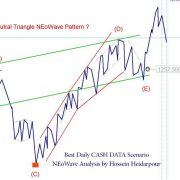

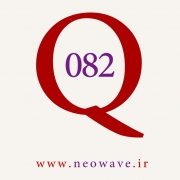
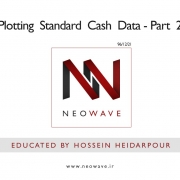
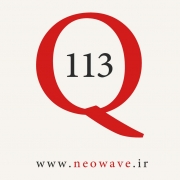
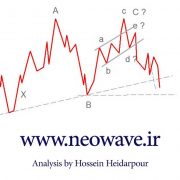
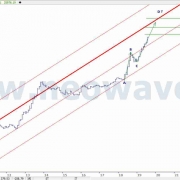
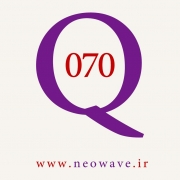


دیدگاه خود را ثبت کنید
تمایل دارید در گفتگوها شرکت کنید؟در گفتگو ها شرکت کنید.